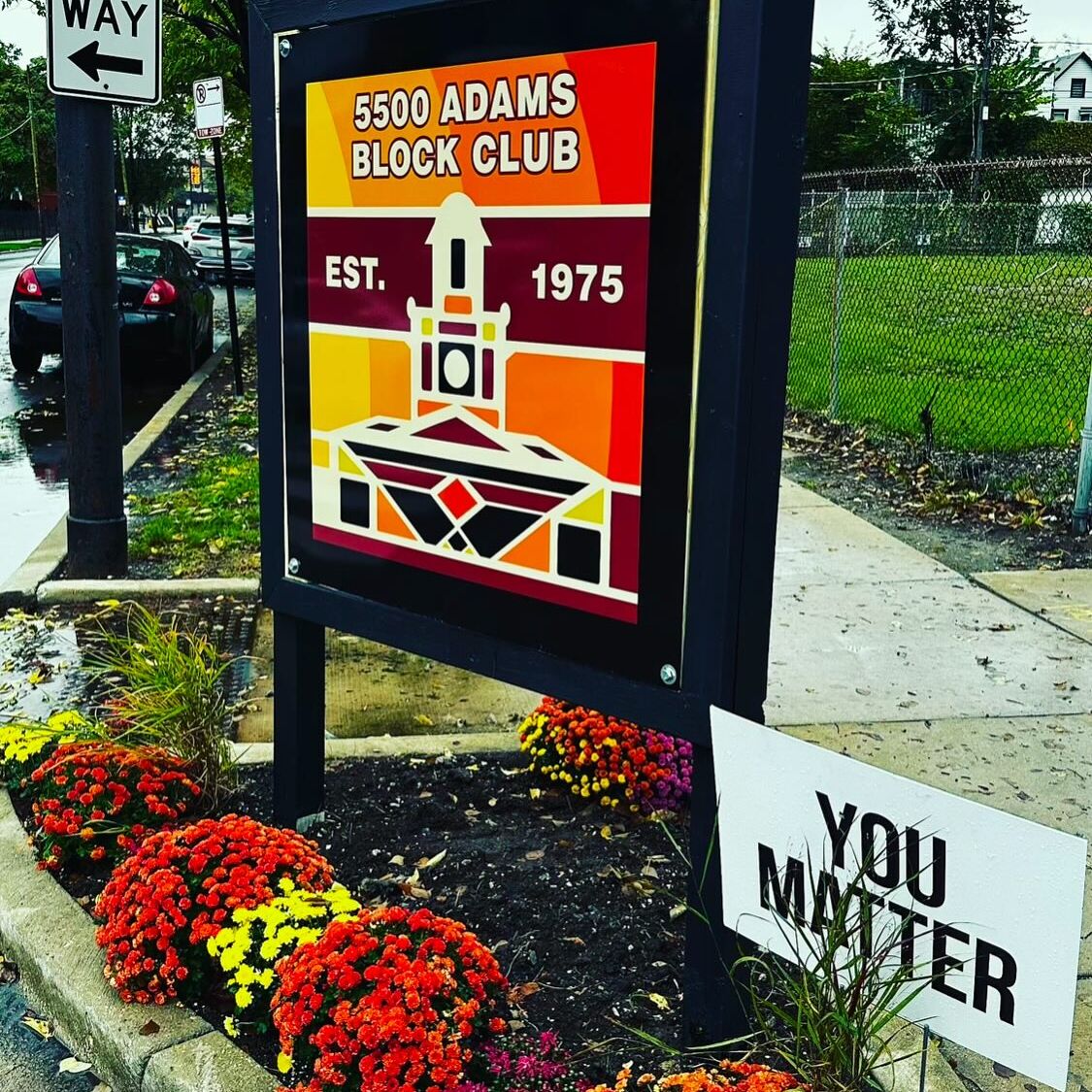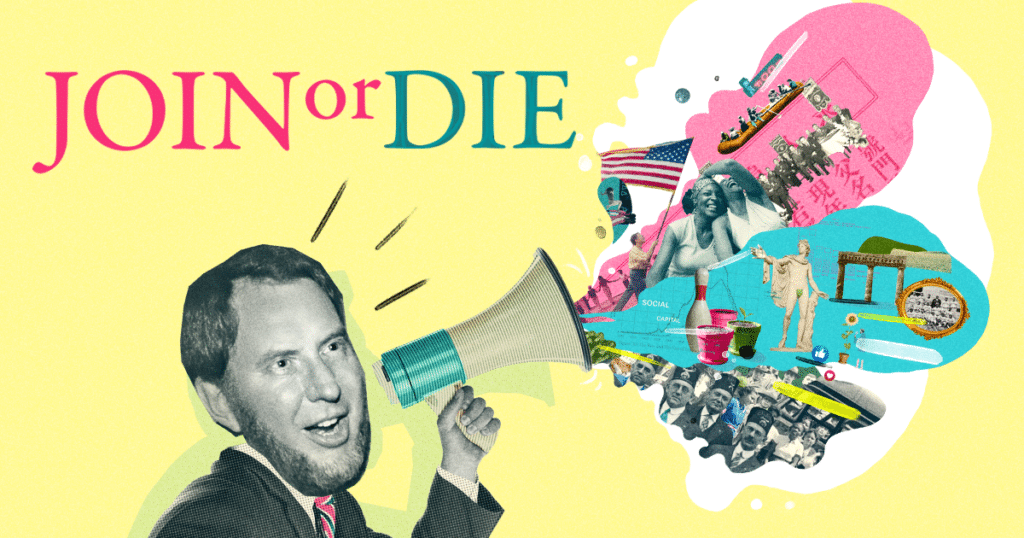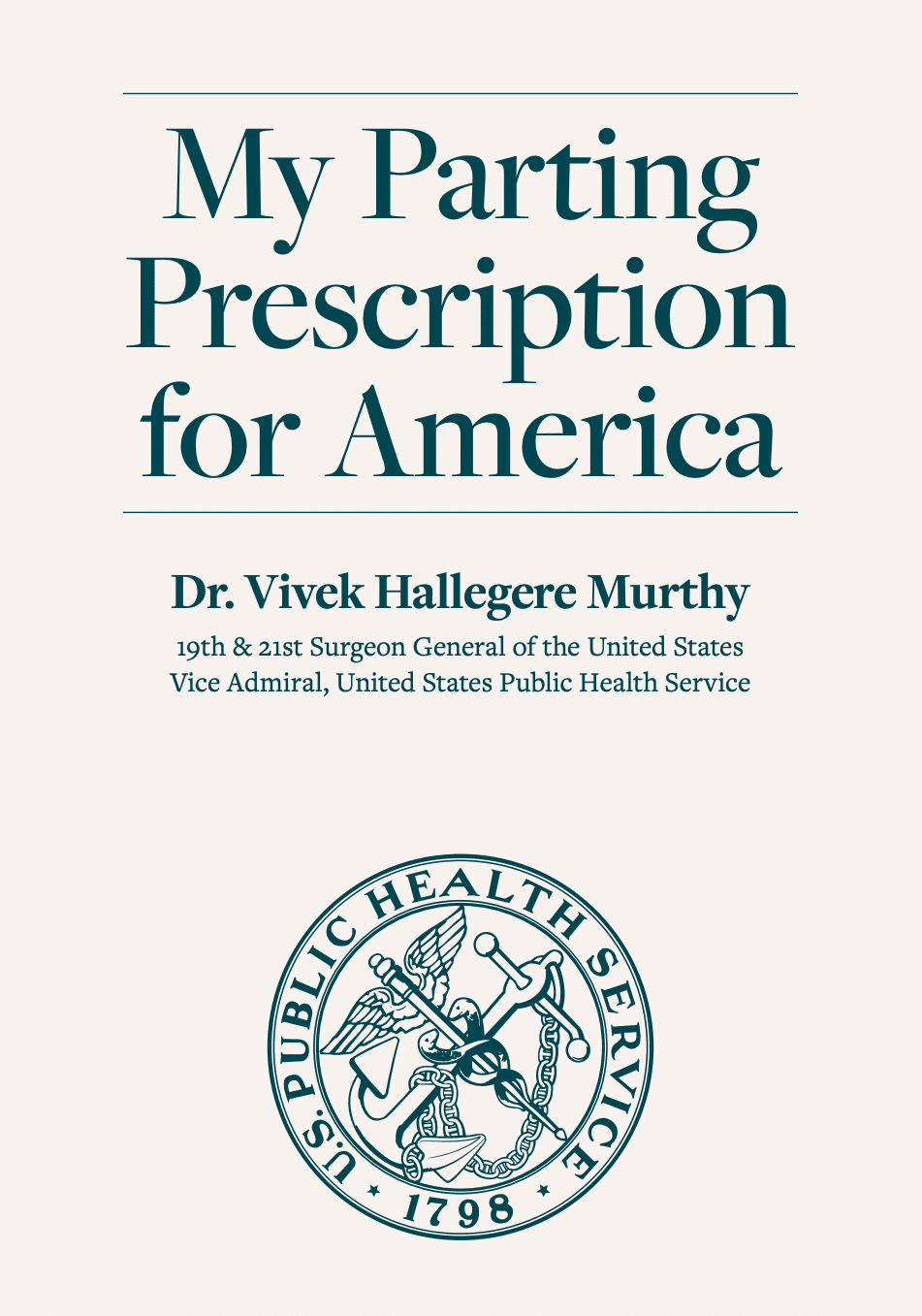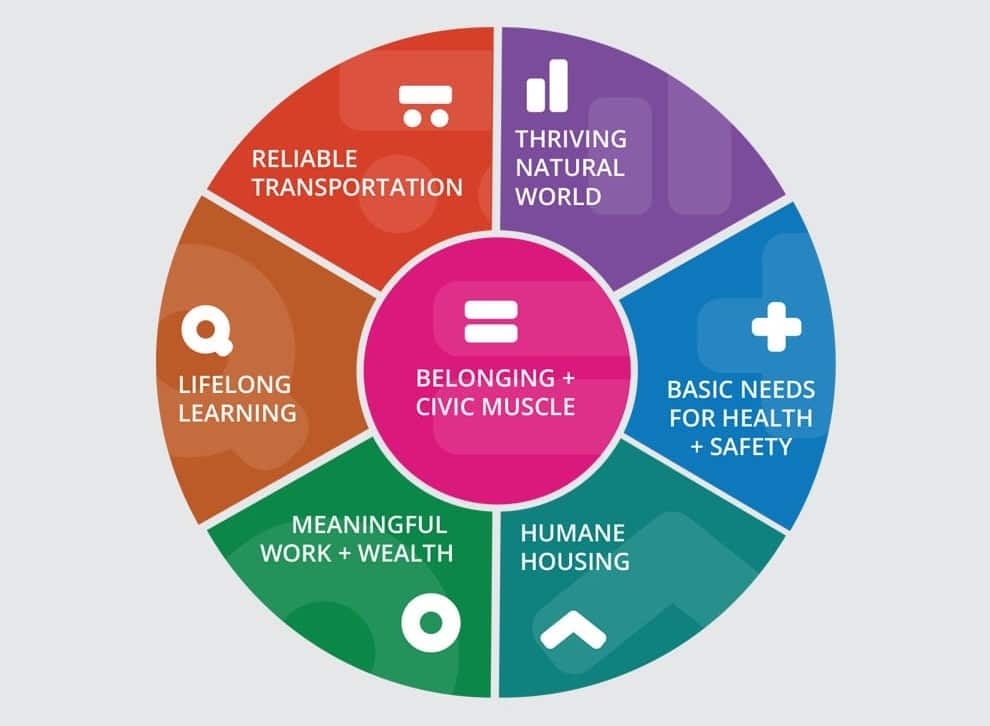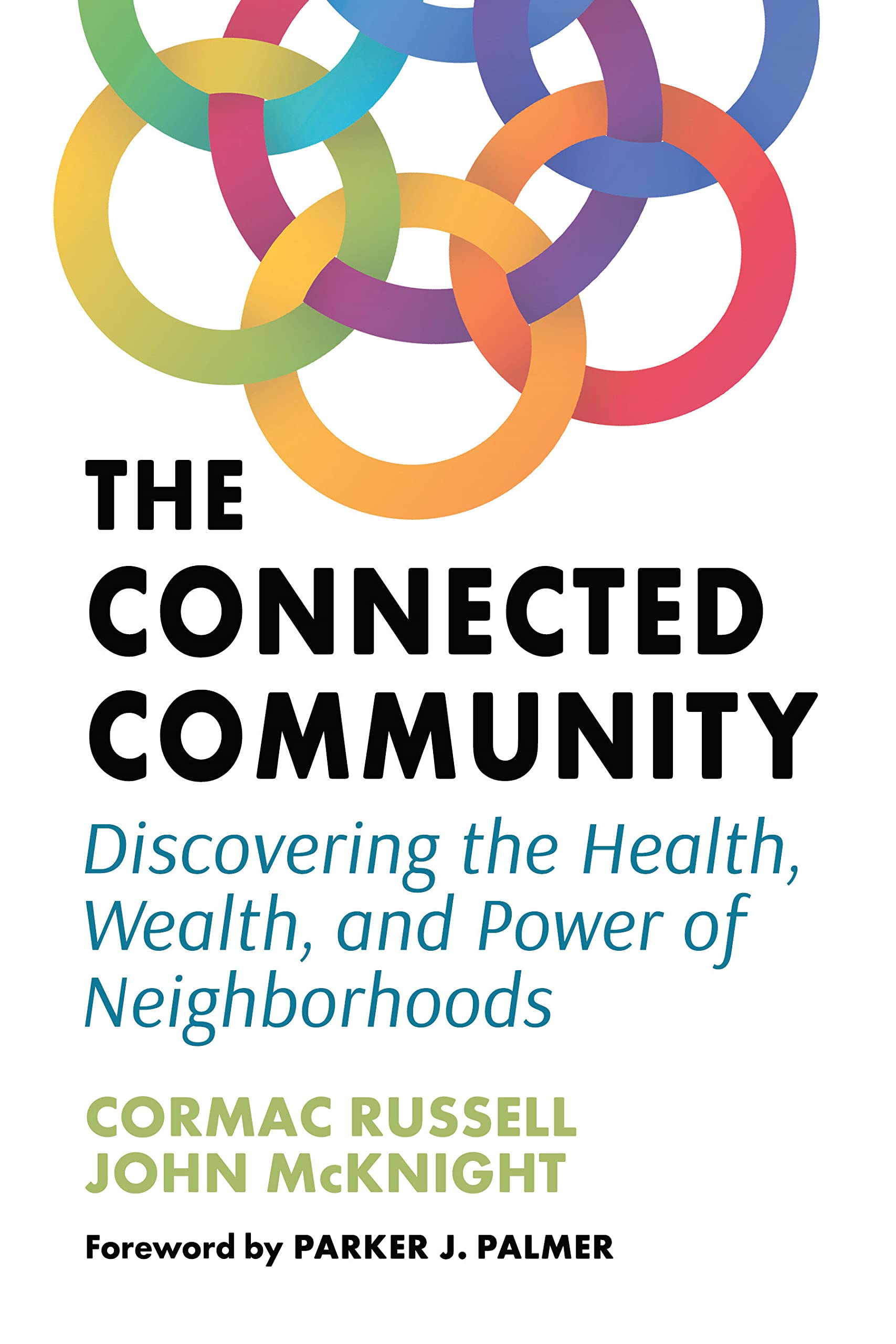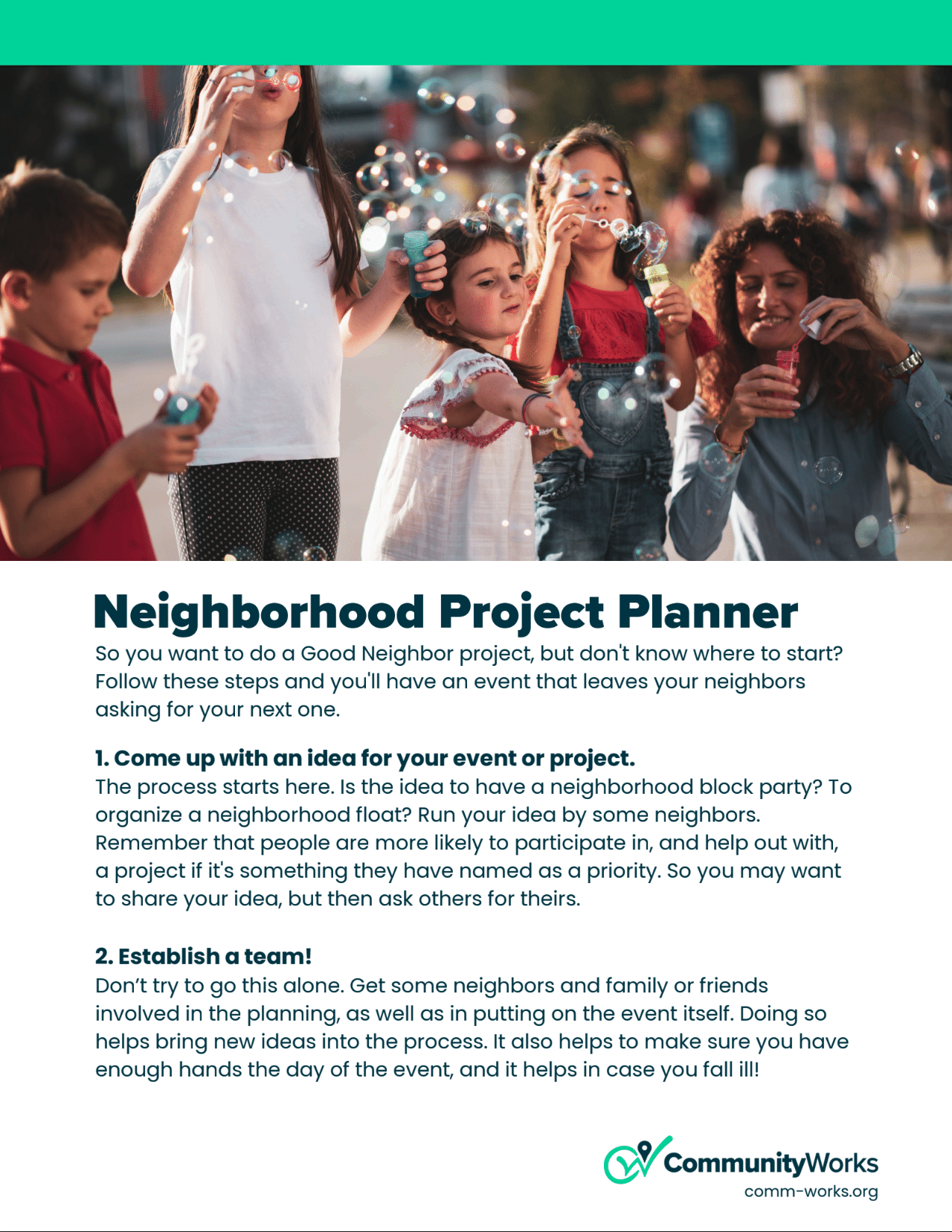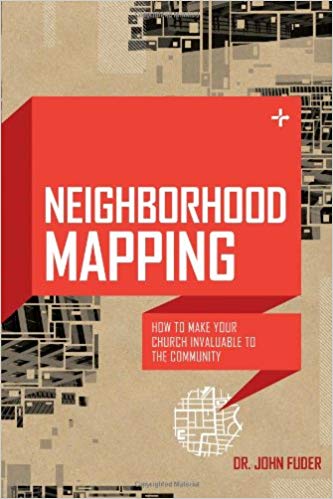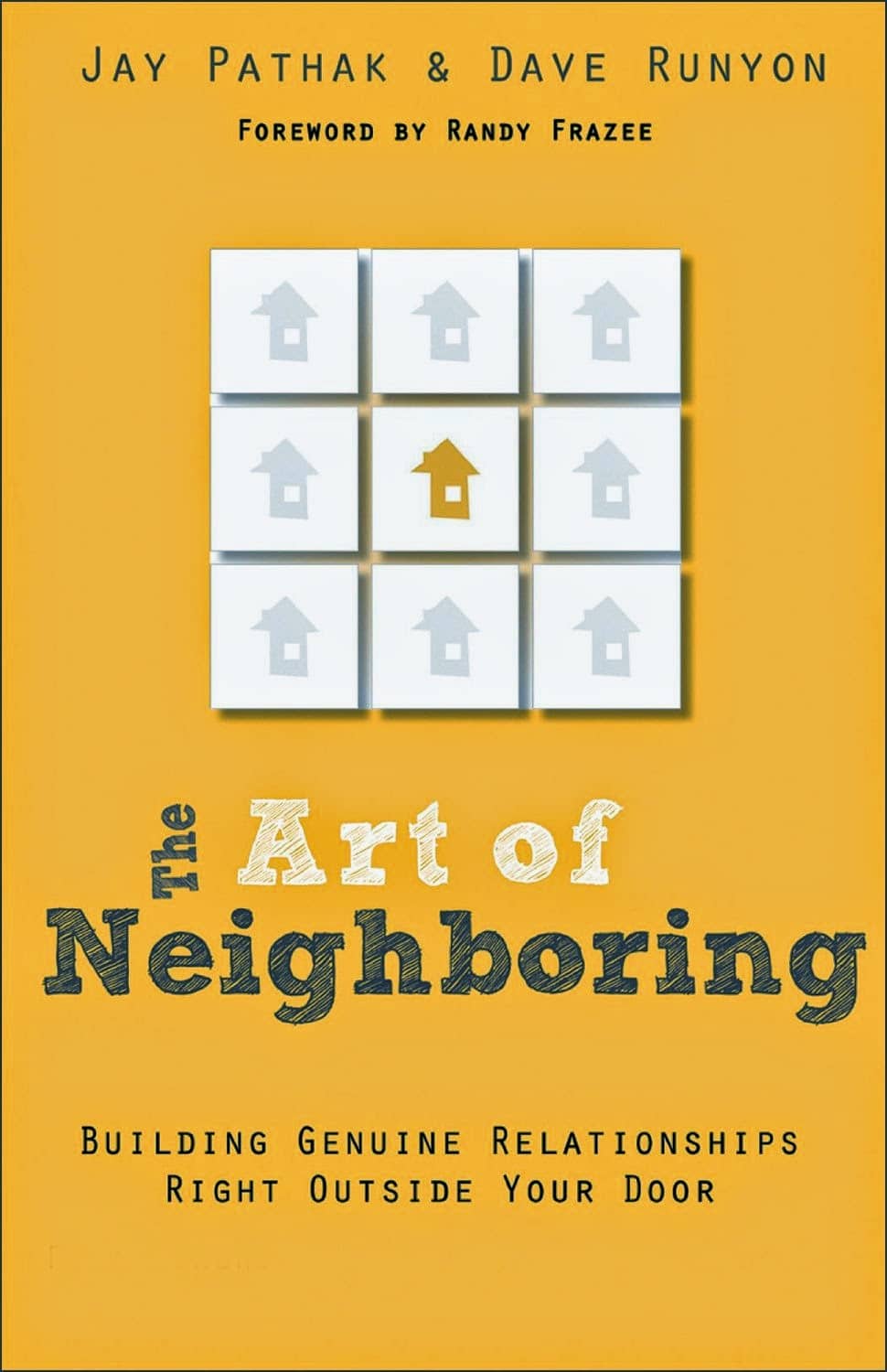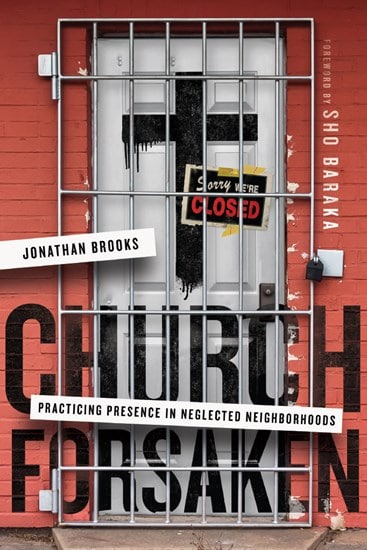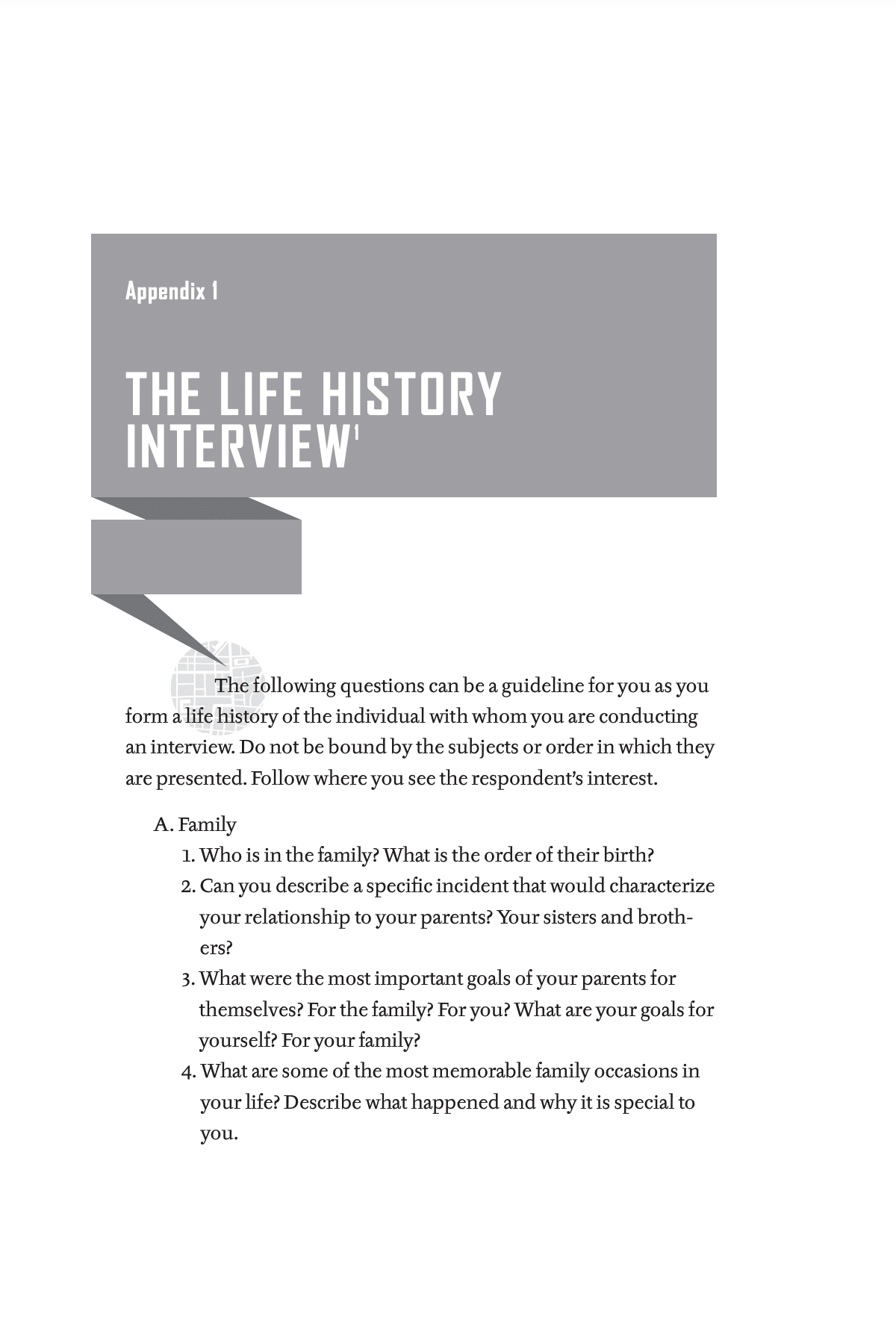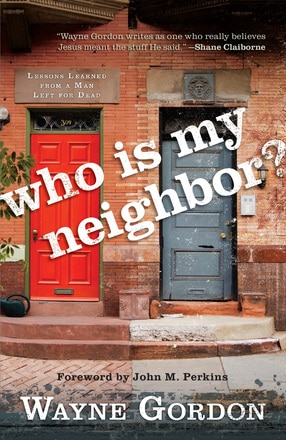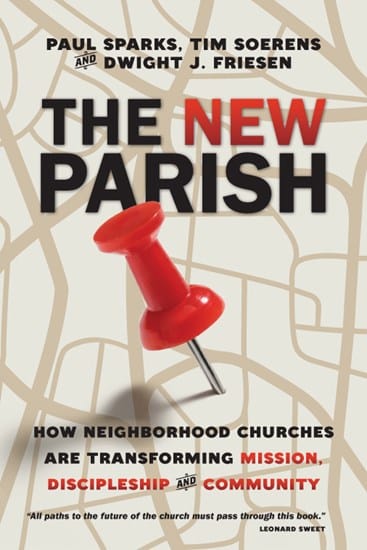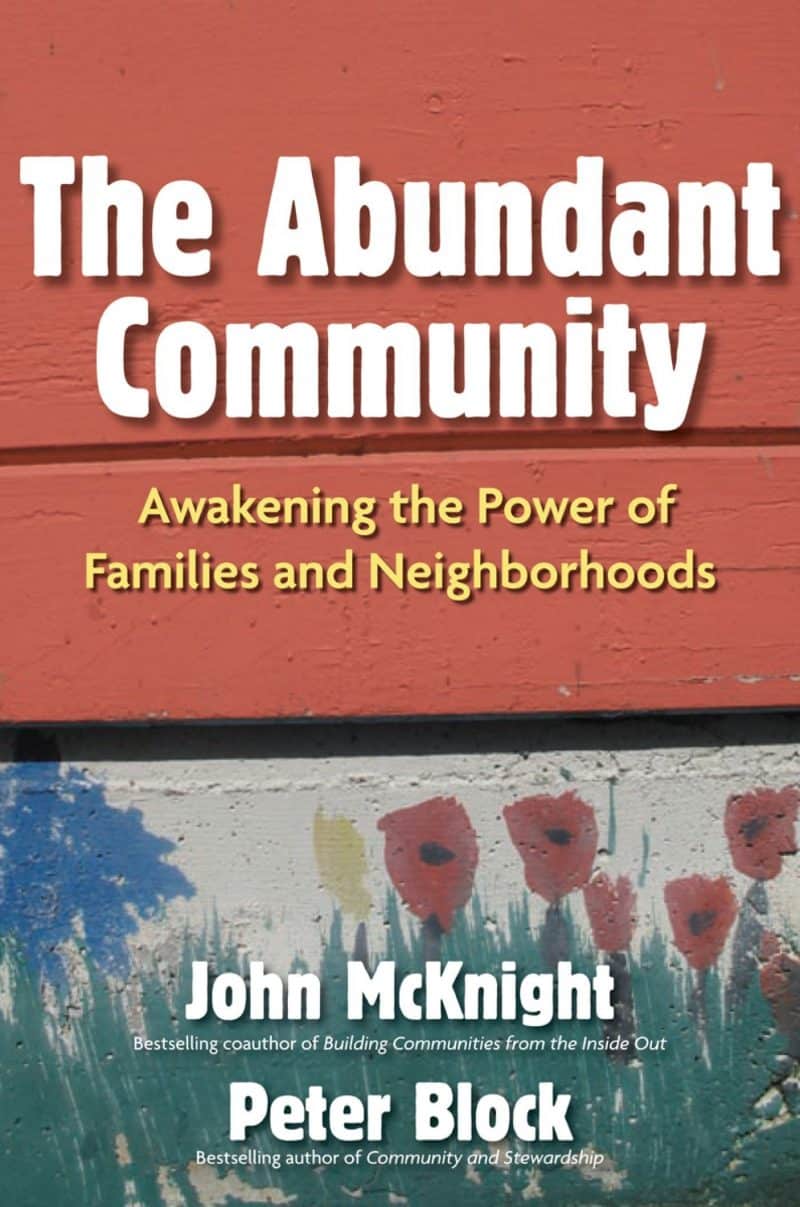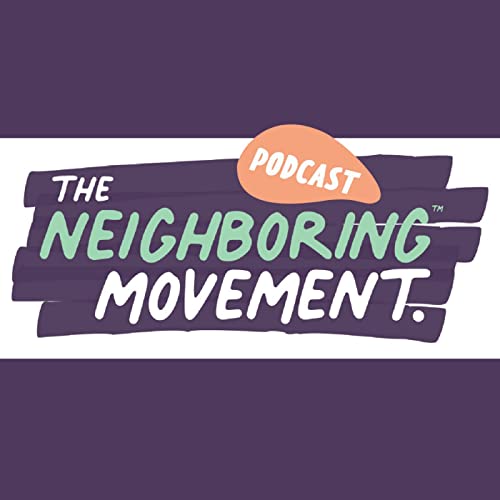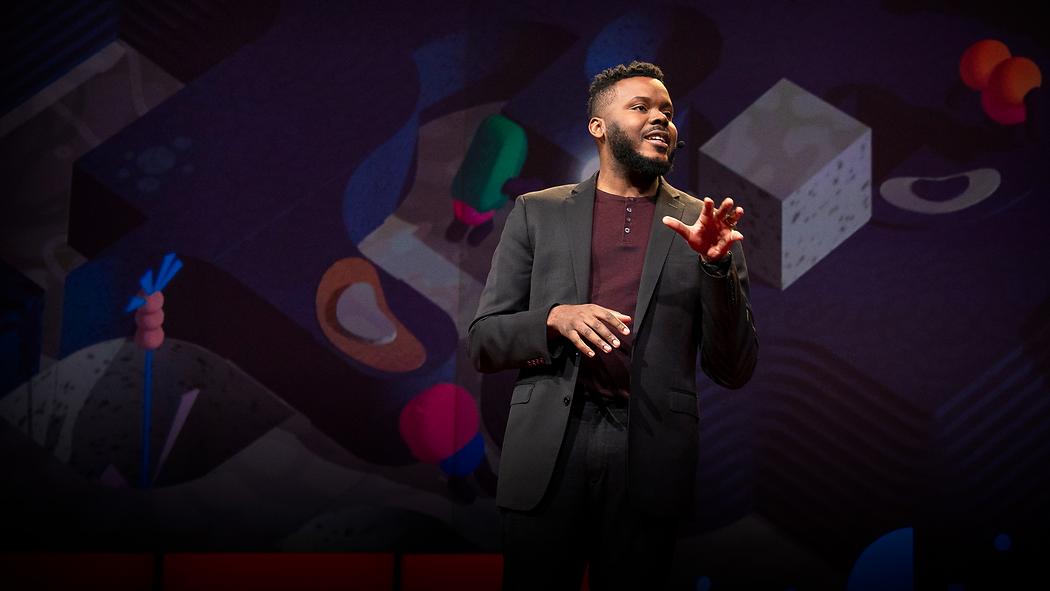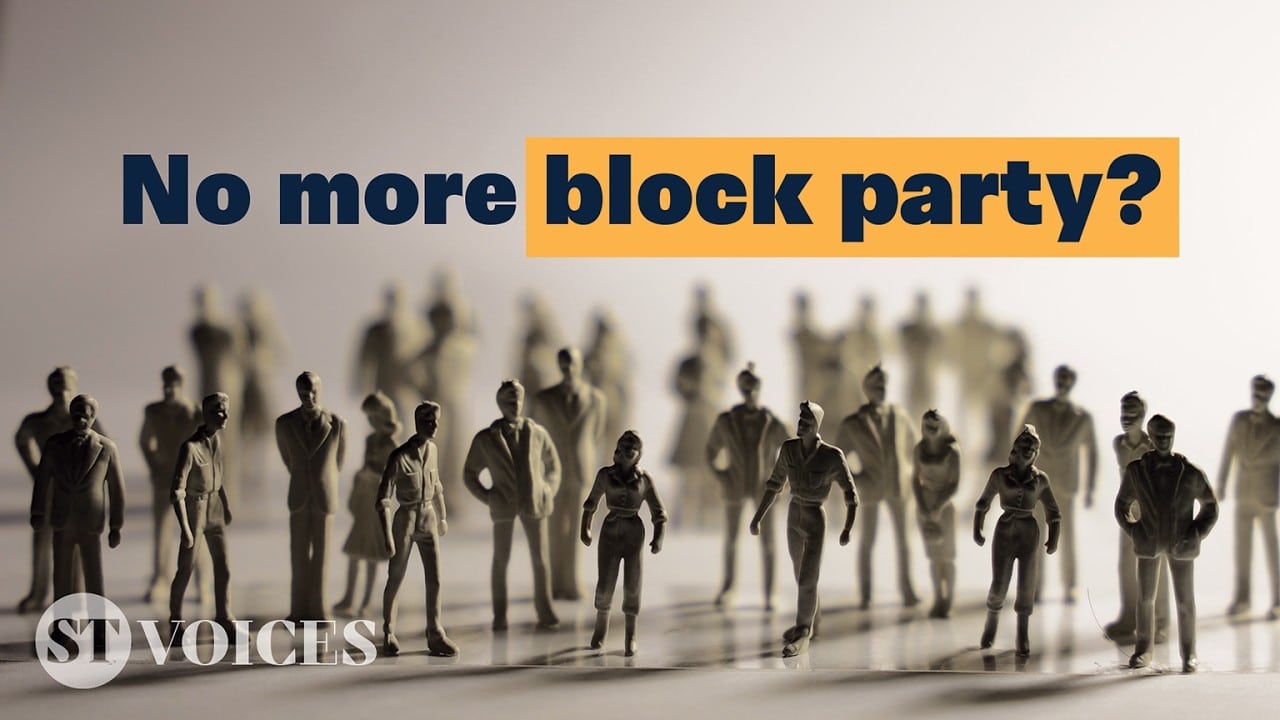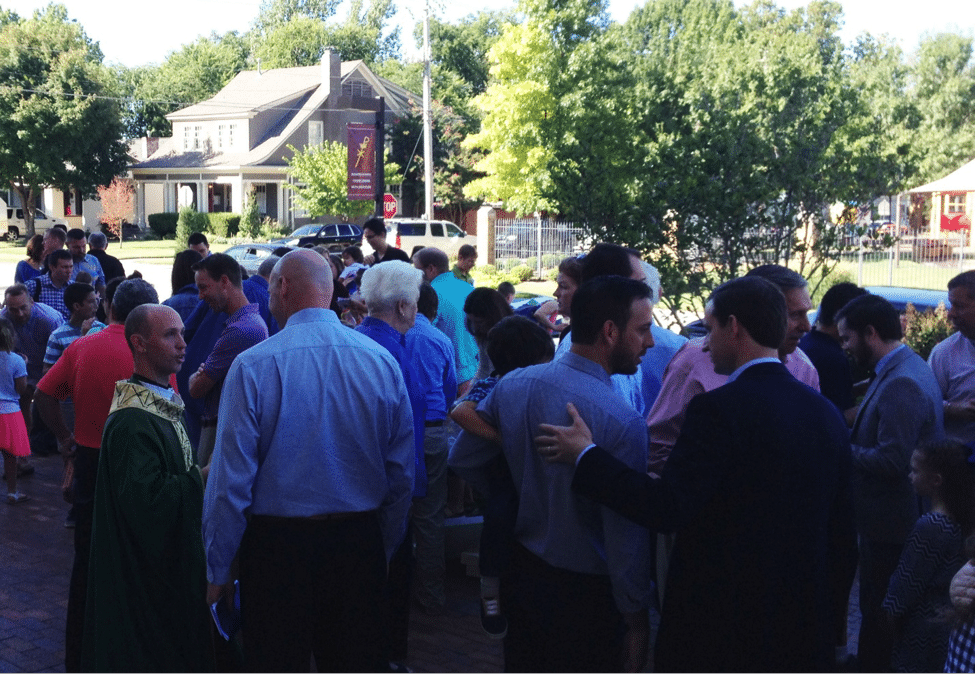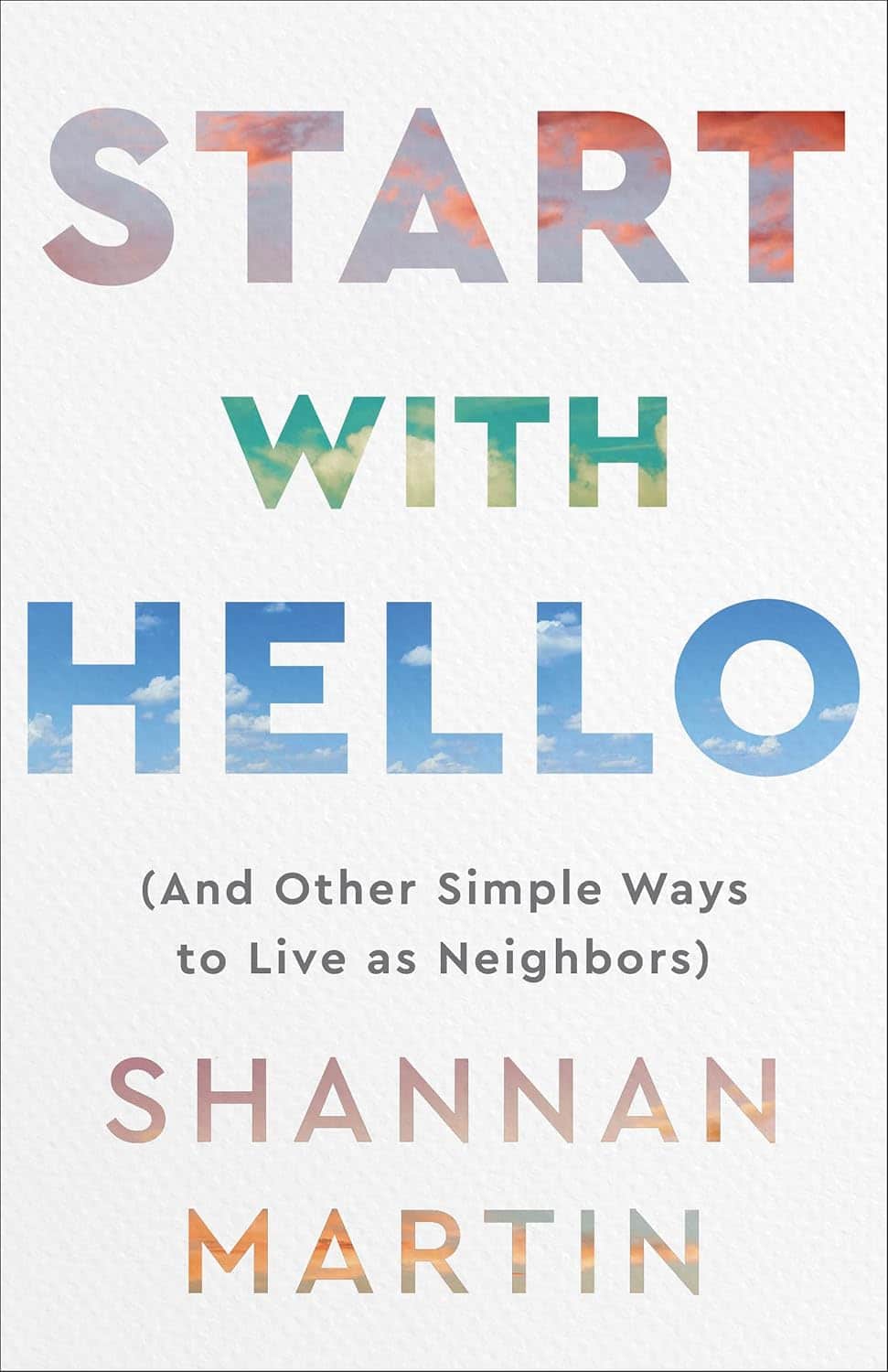PRACTICE
CIVIC ENGAGEMENT
Participating in your community to improve the quality of life of your fellow citizens
“Choose your corner, pick away at it carefully, intensely and to the best of your ability and that way you might change the world.”
– Charles Eames
WHY CIVIC ENGAGEMENT?
Residents play a vital and irreplaceable role in the wellbeing of communities.
Government by the people, for the people starts at the local level. It is easy to criticize civic structures and call out the shortcomings of leaders, but it is another thing to roll up your sleeves and participate in changing / improving / creating civic spaces.
Civic involvement builds trust and makes communities safer and stronger.
Civic participation improves health by building social capital—”the features of social organization such as networks, norms, and social trust that facilitate coordination and cooperation for mutual benefit.” Involvement in clubs, volunteering, voting, caring for public spaces, and other local actions are each beneficial to community and personal health.
GET STARTED
What exists already right around you? Does your block have a block club? Does your neighborhood have an association? What groups exist at your local school? The simplest way to get involved is to join something local that is already in motion and contribute your energy and skills.
Consider: What is the closest neighborhood group to where you live?
“Do not wait until some deed of greatness you may do, Do not wait to shed your light afar; To the many duties ever near you now be true, Brighten the corner where you are.”
– Ina Duley Ogdon
Be a true supporter of the local civic efforts around you. Show up, celebrate, encourage those who are taking initiative to make your community better. Civic engagement isn’t a ‘thing to do’ but a way of being active, positive, and creating a sense of collective efficacy—the belief that community members can create change together.
Consider: What local org or civic leader can you invite to meet for coffee or lunch?
“Collective efficacy is the process of activating or converting social ties among neighborhood residents in order to achieve collective goals”
– Robert Sampson
In order to serve our communities well, we need to operate sustainably. We can’t do everything. We can’t be everywhere. We can however, be faithfully committed to some things and some places. Embrace your limitations and allow that to guide you into sustainable local work.
Consider: What commitment can you make that will be life giving?
“Self-care is your fuel…Whatever the road ahead or the path you’ve taken, self-care is what keeps your motor running and your wheels turning.”
– Melissa Steginus
Working to make our communities stronger and people’s quality of life better is a true public service. Leadership in neighborhoods is not about power over others but about serving people and collaborating for the benefit of everyone. If you want to truly lead, be ready to serve.
Consider: Is your motivation for leadership to love and serve others?
“I think there’s no higher calling in terms of a career than public service, which is a chance to make a difference in people’s lives and improve the world.”
– Jacob Lew
Once you have observed what others are doing, built trust through supporting others, and considered how you can collaborate and serve—now you might ask the question: Is there something new needed here? We certainly need new efforts and ideas in communities, and they work best after assessing what already exists.
Consider: What can you uniquely do or create that complements what others are already doing?
“Humbly observe where your community struggles and do the next smallest thing you can to make it better.”
– Strong Towns
WORKSHOPS
CIVIC ENGAGEMENT RESOURCES
Why do some populations thrive and prosper while others struggle and suffer? The Vital Conditions for Health and Well-Being is a framework that addresses this question in a way that is at once understandable, relatable, and actionable.
NEIGHBORING RESOURCES
| Image | Title | Type | Author | Summary | Link | |
|---|---|---|---|---|---|---|
| The Connected Community | Book | Cormac Russell, John McKnight | Discovering the Health, Wealth, and Power of Neighborhoods | |||
| Neighborhood Project Planner | Document | Community Works | This resource will help you build a team and think through all the elements needed for your project. | |||
| Neighborhood Mapping | Book | John Fuder | How to Make Your Church Invaluable to the Community | |||
| The Art of Neighboring | Book | Jay Pathak, Dave Runyon | Building Genuine Relationships Right Outside Your Door | |||
| Church Forsaken | Book | Jonathan Brooks | Practicing Presence in Neglected Neighborhoods | |||
| Neighborhood Mapping: Appendices | Book | John Fuder | Survey examples and best practices for listening to and learning from your community | |||
| Who Is My Neighbor? | Book | Wayne Gordon | Lessons Learned From a Man Left for Dead | |||
| The New Parish | Book | Tim Soerens, Paul Sparks, Dwight J. Friesen | How Neighborhood Churches Are Transforming Mission, Discipleship and Community | |||
| The Abundant Community | Book | John McKnight, Peter Block | Awakening the Power of Families and Neighborhoods | |||
| The Neighboring Movement | Podcast | The Neighboring Movement | The Neighboring Movement Podcast shares stories, interviews, and resources about the power and importance of neighboring. It is hosted by the staff team at The Neighboring Movement. | |||
| The political power of being a good neighbor | Video | Michael Tubbs, TED | Michael Tubbs is the youngest mayor in American history to represent a city with more than 100,000 people — and his policies are sparking national conversations. | |||
| The Rise, Fall, and Power of Block Parties, Explained | Video | Strong Towns | A block party is more than just a party. Bottom-up actions, like block parties, can transform your community. | |||
| Faith Communities Can Help Build Vibrant Neighborhoods | Article | Strong Towns, Jennifer Griffin | Communities of faith stand in an important position to support vibrant, walkable, mixed-use neighborhoods. And in recent years, some have stepped up to the challenge at a variety of different scales. | |||
| Start With Hello | Book | Shannan Martin | You want more. You want to belong to a community that looks out for each … |
SPOTLIGHTED ORGS
Check out and learn more from these organizations:
- My Block My Hood My City
- Community Safety Coordination Center – Community Activation Networks
- Strong Towns
